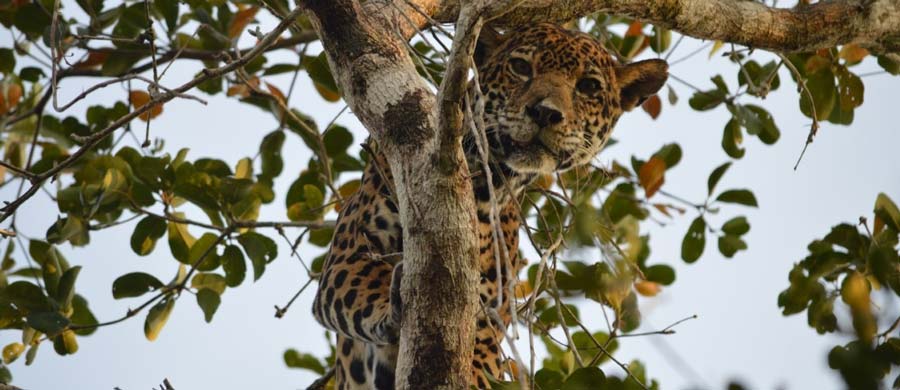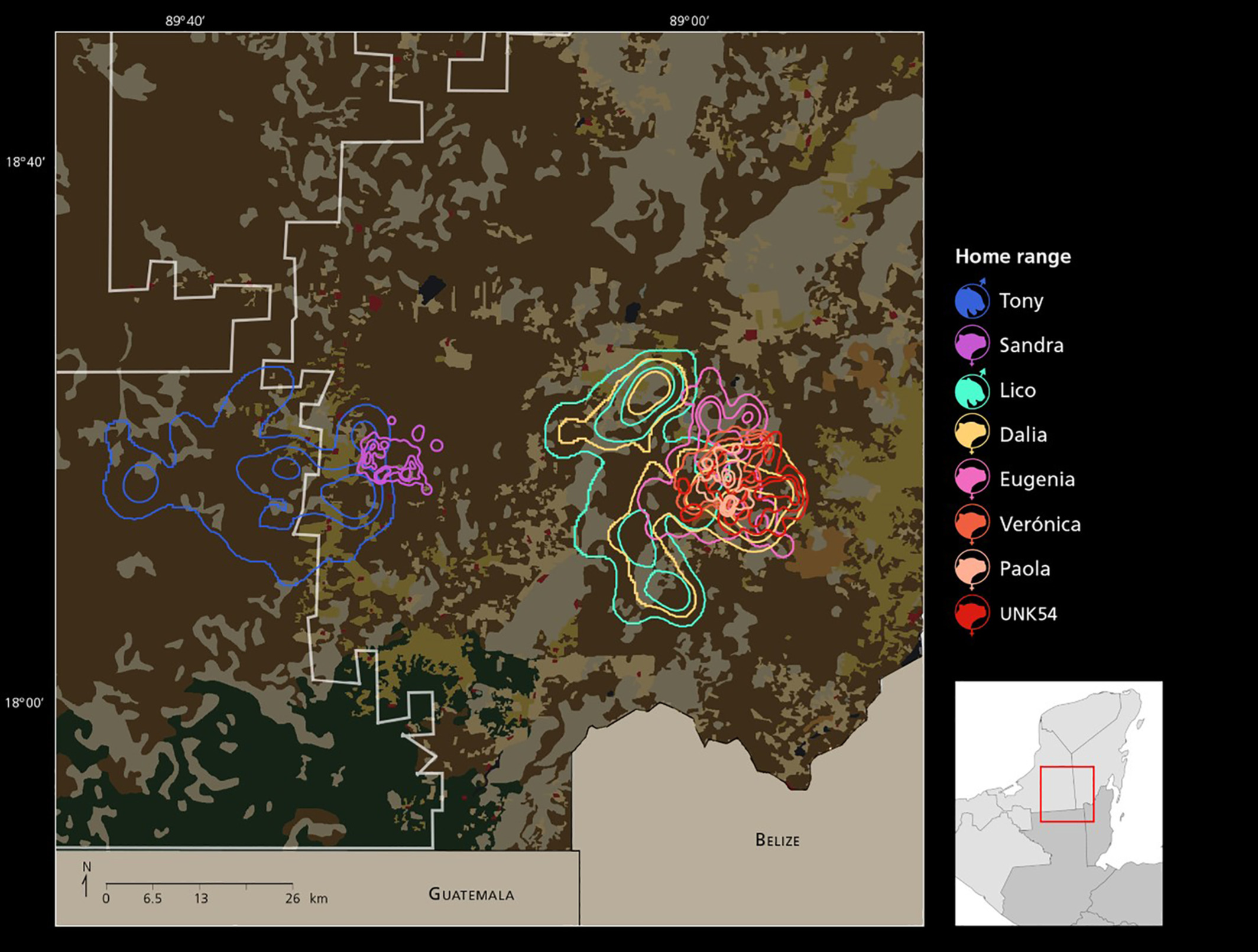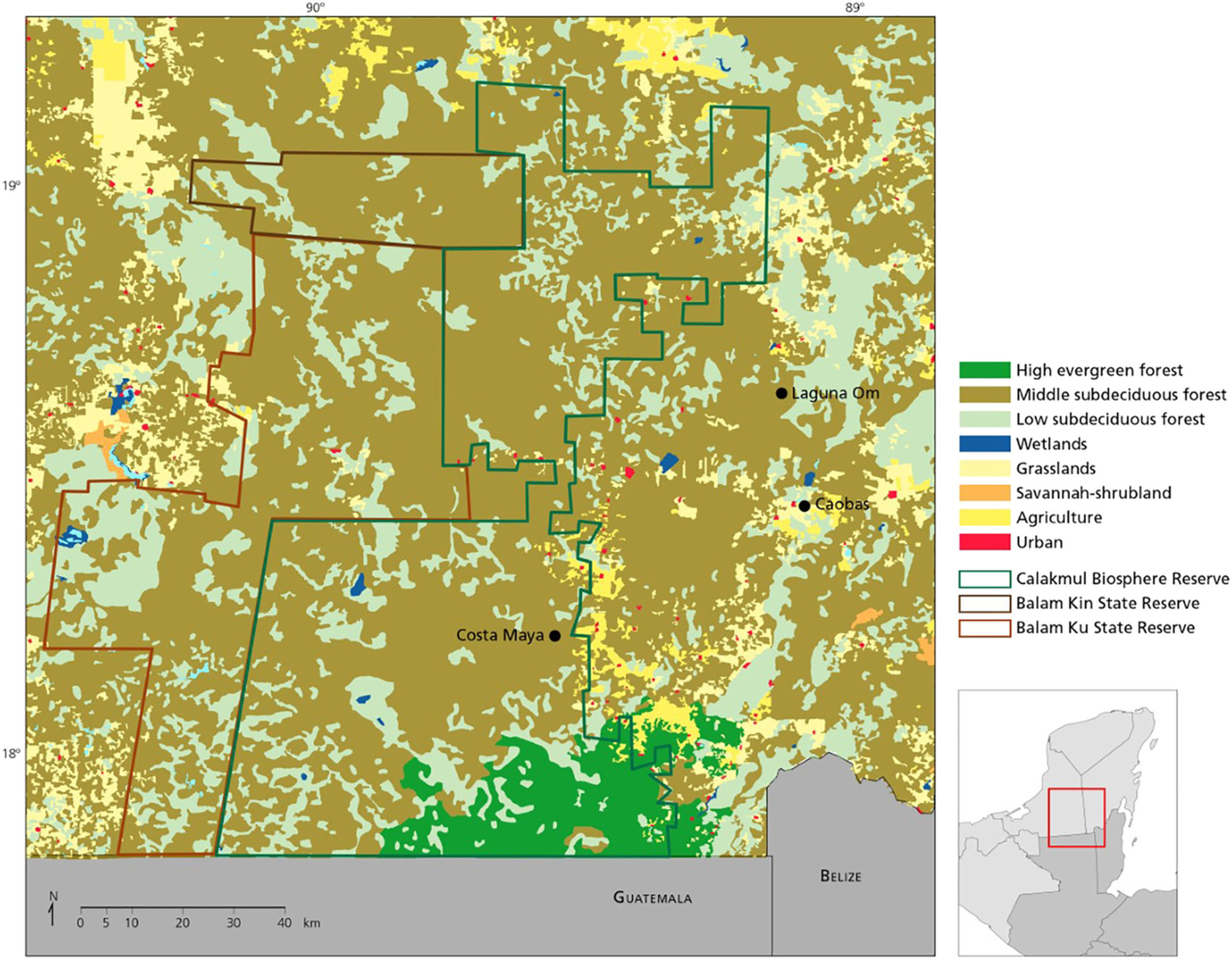← Back
Jaguars in need of increasing biosphere reserve

Jaguars are one of the emblematic animals throughout the Americas. As most large terrestrial predators, it is threatened of extinction. Tracking them using Argos satellite telemetry enable to better understand their need in terms of available space and of environment.
Large terrestrial carnivore species are particularly threatened of extinction all over the world. In the meantime, their impact on ecosystem stability is important.
Jaguars (Panthera onca) are the largest felids in the tropical Americas. They are found from northern Mexico to northern Argentina. However, the species has lost nearly half its population during last century. It is mostly present in the Amazonian region nowadays. The main threats for the species are the fragmentation, or even loss, of their habitat from agriculture, the decline of their prey population, some disease introduced by domestic animals, and also conflicts with humans.
Tracking jaguars
Fourteen adult jaguars tracked (9 females, 5 males) were tracked using Argos-GPS PTTs, over a period of 13 years. Minimum tracking period was around 6 months, maximum over 6 years. They were all in the Calakmul region (Yucatan Peninsula, southern Mexico), where the largest population of jaguars in Mexico is found (almost 2,000 jaguars in the whole Yucatan). The Calakmul region is covered by tropical subperennial forest, deciduous forest, and seasonally flooded forests. It is hosting 80% of the plant species registered in the Yucatan Peninsula, 350 species of birds and almost 100 species of mammals.
The objective of the study was to describe their home range, including size, location, and their interactions with other jaguars. Those are critical information for conservation-oriented landscape management of jaguar.
Jaguars’ social life
The average size of home range for all individuals was extensive, larger than 200 km2 (95% kernel). Although the home range of the males was on average larger than that of females, it was mostly extremely variable depending on the individuals.
No noticeable difference has been noted between the rainy and dry season. This might be due to a homogeneous distribution of prey populations throughout the year, in link with the region topography and vegetation.
Male jaguars seem to avoid each other most of the time. Female home ranges show more overlaps, up to complete.
Male and female respective home ranges overlap even more than the females’. One of the tracked male shared his territory with up to five females. This suggests that it can be associated with all the females that share the overlap areas during specific time periods.
Hunting activities by humans in the study area had not a major impact on jaguar home ranges.

Overlap of home range (95, 75, and 50% kernels) between males and females, including Tony (male) with Sandra (female), and Lico (male) with five females: Paola, Eugenia, Dalia, Veronica, and UNK54 (from [Cruz et al., 2021], credit Universidad Nacional Autónoma de México)
Increasing the biosphere reserve
Currently protected natural areas in the Yucatan Peninsula are not continuous. Most regions are connected with natural ecosystems, but these are not officially protected against deforestation.
The observed size of the jaguars’ home ranges suggests that expanding the protected natural areas would benefit the species, either by expanding existing ones, or by creating new ones including biological corridors.
The authors of the study promote “a doubling of the size of the Calakmul Biosphere Reserve to 1.4 million hectares, which will make it the largest tropical reserve in Mexico and Central America, and the creation of jaguar biological corridors in the Peninsula to maintain population connectivity”. This would be an immediately effective strategy for future conservation of the jaguar species in the Yucatan Peninsula.
Reference
Cruz, H. Zarza, J. Vidal‐Mateo, V. Urios, G. Ceballos, 2021: Top predator ecology and conservation: Lesson from jaguars in southeastern Mexico, Conservation Science and Practice. 2021;3:e328. https://doi.org/10.1111/csp2.328
Main photo: Universidad Nacional Autónoma de México



